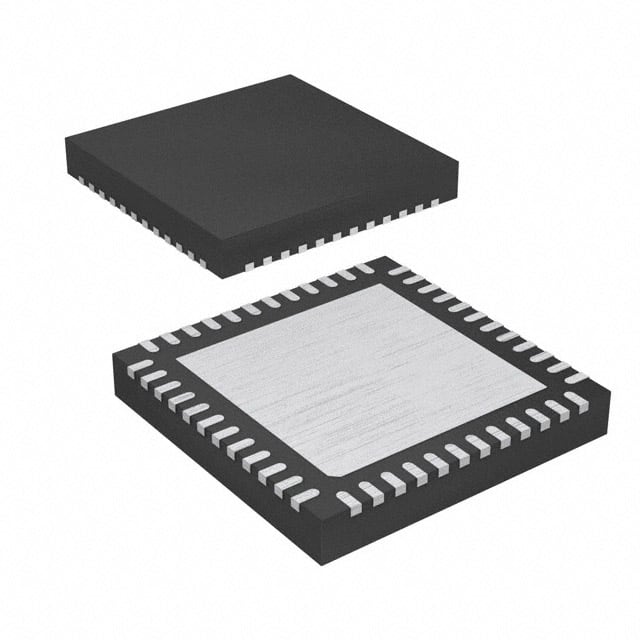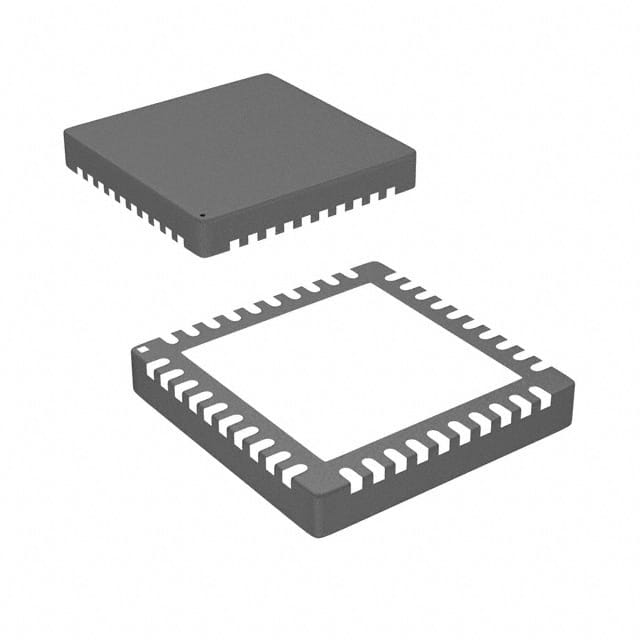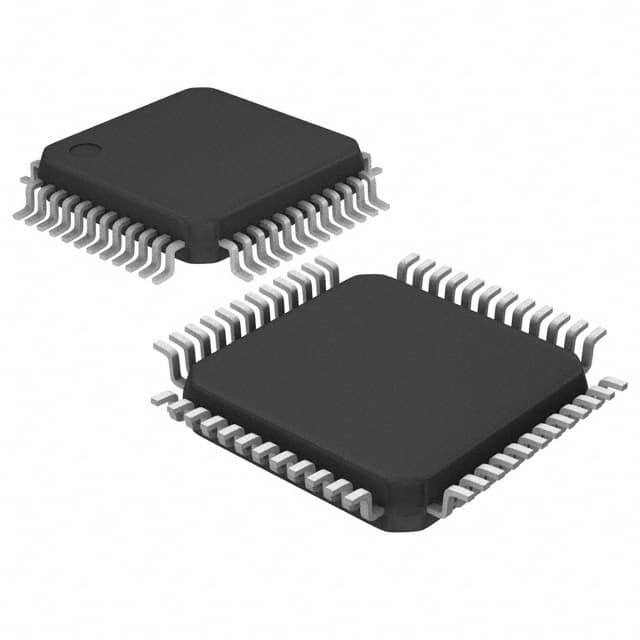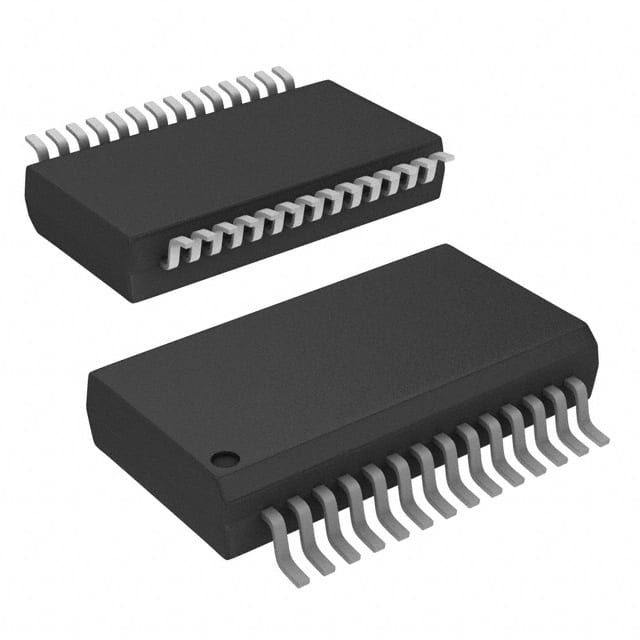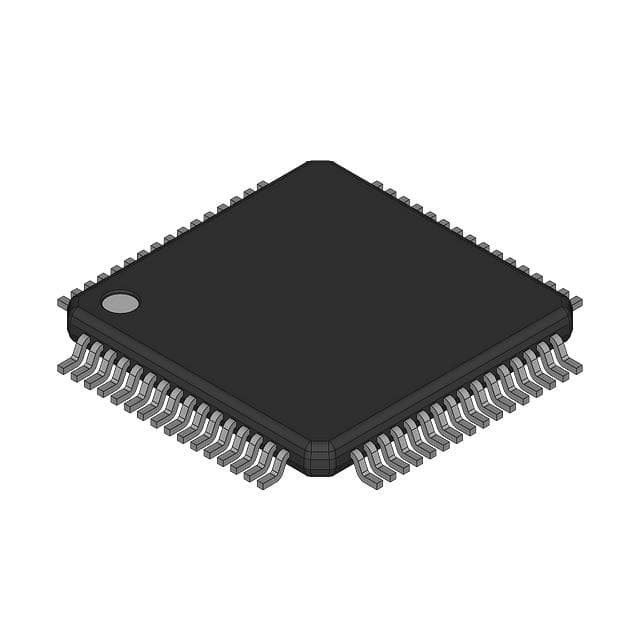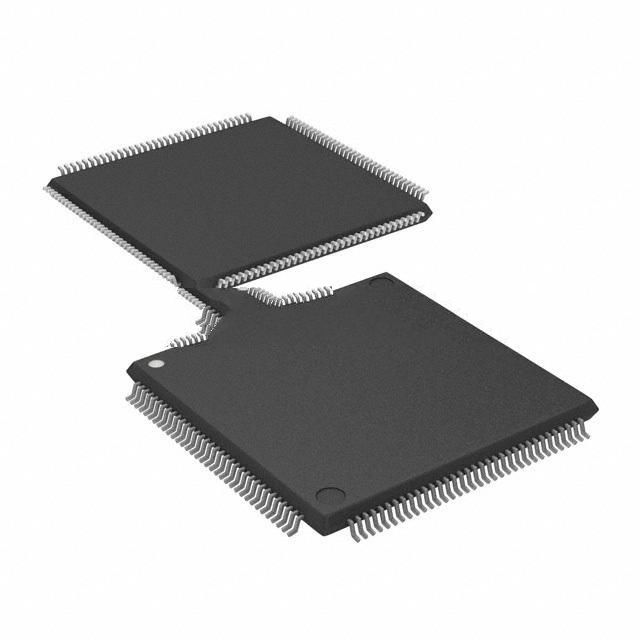MB9AF314NAPMC-G-JNE2 Product Introduction:
Cypress Semiconductor Corp Part Number MB9AF314NAPMC-G-JNE2(Embedded - Microcontrollers), developed and manufactured by Cypress Semiconductor Corp, distributed globally by Jinftry. We distribute various electronic components from world-renowned brands and provide one-stop services, making us a trusted global electronic component distributor.
MB9AF314NAPMC-G-JNE2 is one of the part numbers distributed by Jinftry, and you can learn about its specifications/configurations, package/case, Datasheet, and other information here. Electronic components are affected by supply and demand, and prices fluctuate frequently. If you have a demand, please do not hesitate to send us an RFQ or email us immediately sales@jinftry.com Please inquire about the real-time unit price, Data Code, Lead time, payment terms, and any other information you would like to know. We will do our best to provide you with a quotation and reply as soon as possible.
Introducing the Cypress Semiconductor Corp MB9AF314NAPMC-G-JNE2, a cutting-edge microcontroller that combines advanced features with exceptional performance. Designed to meet the demands of today's rapidly evolving technology landscape, this microcontroller offers a wide range of features that make it ideal for a variety of applications.
One of the standout features of the MB9AF314NAPMC-G-JNE2 is its high-speed processing capabilities. With a clock speed of up to 80 MHz, this microcontroller can handle even the most demanding tasks with ease. Additionally, it boasts a generous amount of flash memory, allowing for the storage of complex programs and data.
Another key feature of the MB9AF314NAPMC-G-JNE2 is its extensive range of peripherals. From UART and I2C interfaces to multiple timers and PWM channels, this microcontroller offers a wealth of options for connecting and controlling external devices. This makes it an excellent choice for applications such as industrial automation, consumer electronics, and automotive systems.
Furthermore, the MB9AF314NAPMC-G-JNE2 is designed with power efficiency in mind. It incorporates advanced power management features that help to minimize energy consumption, making it an ideal choice for battery-powered devices.
In conclusion, the Cypress Semiconductor Corp MB9AF314NAPMC-G-JNE2 is a versatile microcontroller that offers exceptional performance and a wide range of features. Whether you're developing industrial automation systems, consumer electronics, or automotive applications, this microcontroller is sure to meet your needs.
Microcontroller is a kind of single chip micro controller, it is an integrated circuit (IC) used to central processing unit (CPU), read-only memory (ROM), random access memory (RAM), input/output (I/O) ports and timer and serial communication interface and other peripheral equipment. The main role of the microcontroller is as a control unit, responsible for receiving input signals, processing data, executing instructions and generating output control signals. Its function in the electronic system is similar to that of the brain, which can respond accordingly to programmed instructions and changes in the external environment.
Application
Microcontroller application field is extremely wide, almost covers all aspects of modern science and technology. In the field of industrial automation, microcontrollers are used for motor control, sensor data acquisition and automation equipment control, significantly improving production efficiency and product quality. In the field of smart home, smart door locks, smart lighting, smart home appliances and other equipment can not be separated from the support of microcontrollers, to achieve remote control and automatic management of equipment. In addition, microcontrollers are also widely used in the Internet of Things, automotive electronics, consumer electronics, medical equipment and other fields, becoming an important force to promote scientific and technological progress.
FAQ about Embedded - Microcontrollers
-
1. What is the most widely used microcontroller in embedded systems?
The most widely used microcontroller in embedded systems is the STM32 series. The STM32 series microcontroller is a chip series widely used in embedded system development, and is favored for its high performance, low power consumption and rich peripheral resources.
The STM32 series of microcontrollers has a variety of models and derivatives suitable for different application requirements. These microcontrollers usually integrate components such as CPU, ROM, RAM, IO ports, timers, interrupt controllers, etc., which can meet the needs of various application scenarios. The STM32 series of microcontrollers play an important role in the fields of household appliances, automotive electronics and medical equipment.
The wide application of the STM32 series of microcontrollers is due to its powerful functions and flexibility. It is not only suitable for controlling various electrical and electronic equipment, but also performs well in occasions requiring high-performance computing. In addition, the development tools and community support of the STM32 series of microcontrollers are also very complete, allowing developers to quickly get started and develop efficiently.
-
2. What is the difference between an embedded MCU and a PLC MCU?
The main difference between an embedded MCU and a PLC MCU is that their application fields, system architectures, and programming methods are different.
Although both embedded MCUs and PLC MCUs involve MCU technology, their application fields are significantly different. Embedded MCUs are mainly used in non-industrial fields such as consumer electronics, automobiles, aerospace, etc. They emphasize high specificity and flexibility and can be customized according to specific needs. PLC MCUs are mainly used in industrial automation control fields, such as electricity, petroleum, chemical industry, machinery manufacturing, etc. The original design intention is to adapt to complex industrial environments and have strong stability and reliability.
In terms of system architecture, embedded MCUs usually have fixed hardware and software configurations, are designed and developed for specific applications, and hardware and software are tightly integrated to form a complete system. PLC MCUs are based on a modular architecture, and different modules can be added to achieve different functions. Both hardware and software are standardized, which is convenient for users to select and configure.
In terms of programming language, embedded MCUs are usually programmed in high-level programming languages such as C and C++. These programming languages have powerful functions and flexibility and can meet complex programming needs. PLC MCUs are mainly programmed in ladder diagram language. This graphical programming method is simple and easy to understand, which is convenient for users to get started quickly. In addition, it also supports some text programming languages, such as instruction lists and structured text.
-
3. What language is used for embedded microcontroller programming?
The main languages used for embedded microcontroller programming include C, C++, assembly language, Python and Rust. These languages have their own characteristics and are suitable for different development needs and scenarios.
C is one of the most commonly used languages in embedded development. It has the advantages of high efficiency, flexibility, and strong portability. It can directly operate hardware and is suitable for low-level driver development, kernel programming, etc. C++ is used in complex embedded systems and adds object-oriented features, which is suitable for the development of large applications. Although assembly language is difficult to learn and write, it is indispensable in scenarios that require high optimization and direct control of hardware. Python is easy to learn and use, and is often used in data processing, prototype development, and rapid testing. Rust is gradually gaining attention in the embedded field due to its memory safety and high performance, especially in applications with high security requirements.
 Lead free / RoHS Compliant
Lead free / RoHS Compliant











